Updates / News /


Updates / News /
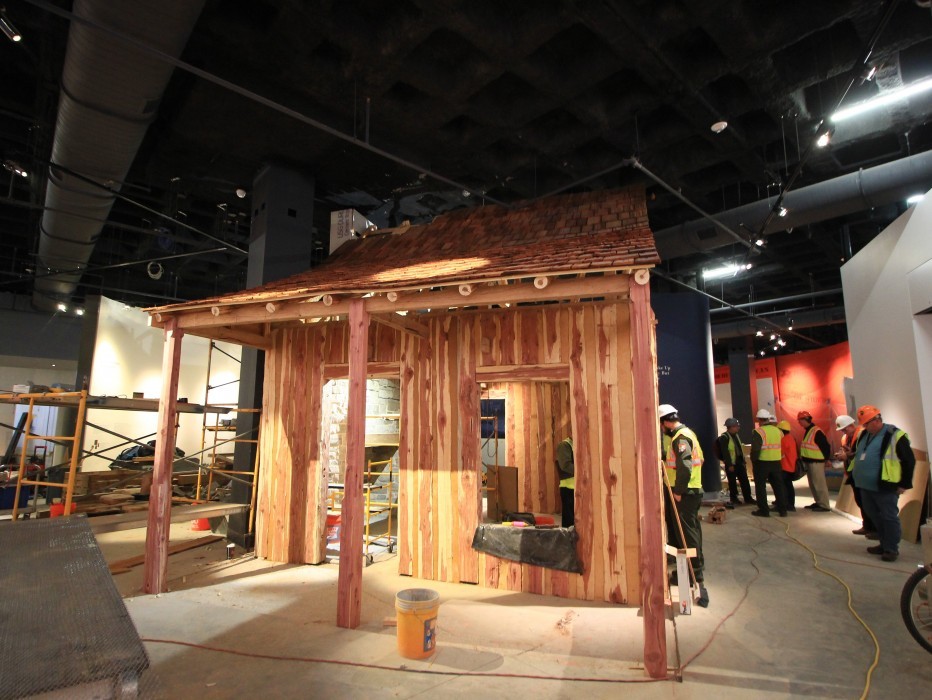
For the reimagined Museum at the Gateway Arch, the National Park Service dove deep into St. Louis’ rich history to unearth the stories of the area’s first inhabitants and explorers, as well as the city’s early settlers.
The museum’s grand opening takes place July 3. Visitors will see how the Mississippi Riverfront looked in 1852 with a scale model of the levee, and they’ll learn about the life of our nation’s 19th-century explorers by viewing their tools and clothing up close. Visitors will also experience life as a St. Louisan in the 1700s by exploring a replica French colonial vertical log house, one of the highlights of the museum’s Colonial St. Louis exhibit gallery.
The National Park Service recruited the team at its Historic Preservation Training Center (HPTC) in Frederick, Md., to construct the house as authentically as possible, without modern machinery. After visiting Ste. Genevieve, Mo., last fall to examine surviving homes from the era, the HPTC team went to work.
“It’s unique for us to build a new structure, as we typically work on restoring older structures,” said Steve Jenkins, exhibit specialist with the HPTC. “With this project, we wanted to show a rustic house that was typical of the first settlers in St. Louis and reflects their efforts to survive cold winters.”
Under the guidance of Jefferson National Expansion Memorial Historian Bob Moore, the team began construction in Maryland, where they used sketches to build the frame and a Norman truss, common in French colonial designs, to support the house’s cedar shake roof. Pieces were then disassembled and shipped to St. Louis for further construction and installation at the Museum at the Gateway Arch.
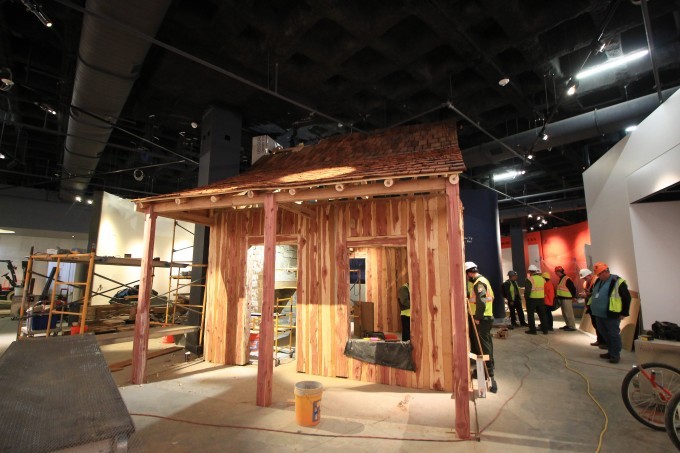
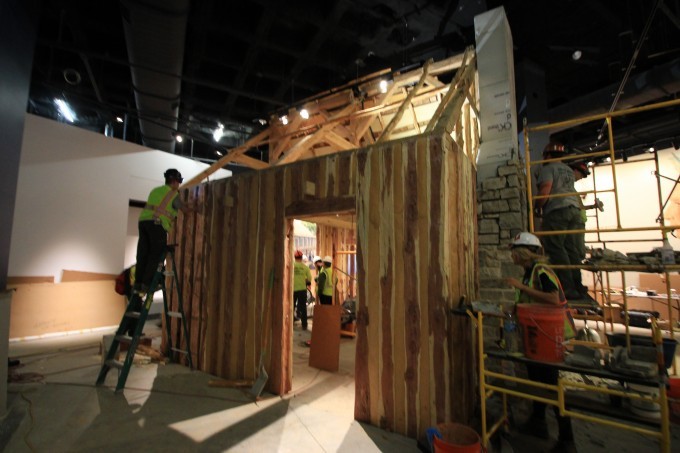
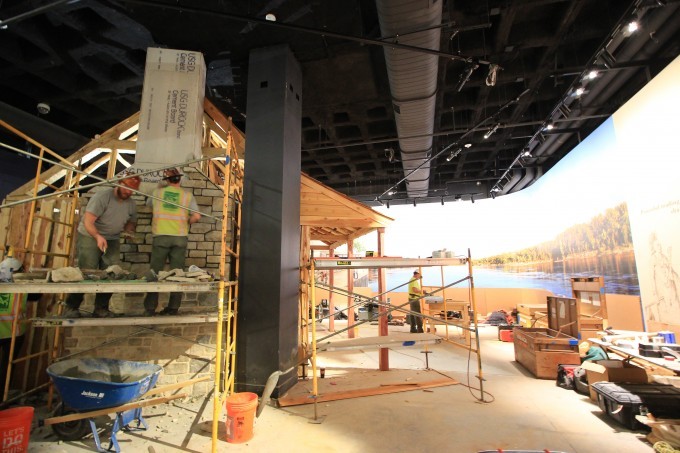
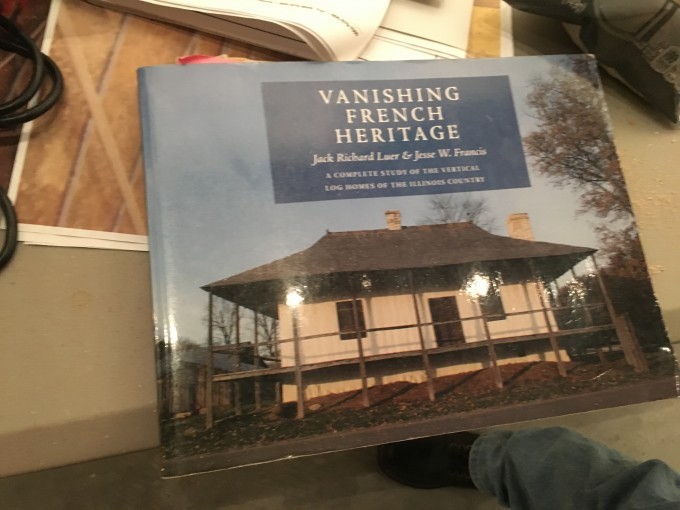
Following typical French colonial designs, the house was built using vertical log construction. Using tools such as the broad axe, pole axe, double bit axe and a gutter adze, the HPTC cut and hand-hewed the logs into shape – one of the biggest challenges of the project – and placed them vertically to create the cabin’s walls.
A total of 50 logs (white oak for the cabin’s roof and eastern red cedar for the rest of the house) were used to make the 15-by-15-foot structure.
“This house is one of the smallest described in St. Louis’ colonial records, though there were more than 10 houses of about this size in the early town,” Moore explained. “These building elements looked different than those used by the English and American colonists in the East or the Spanish colonists in the West.”
Two sides of the house will be completed, while two sides will be left incomplete so visitors can view the building details. “We want to demonstrate that the French in the middle Mississippi River Valley had specific and unique architectural styles,” Moore said. “Despite their rough components, there was a great deal of sophistication and style to them. We also want to demonstrate that poorer residents lived in very tight quarters.”
The construction of this house has been quite an experience for Jenkins and his crew – one that they’ll remember as they build and restore other historical structures. “It’s been enjoyable to show our skills in building something from scratch that so many people will see,” he said.

St. Louis has always been a city that knows the warmth of community during this time of year. YOU can continue this legacy by joining our mission to uplift our great city and its hometown national park.
JOIN TODAY to enjoy a host of member benefits and the good feeling that comes from being a part of history and enriching the lives of more than two million annual visitors and guests to downtown St. Louis.